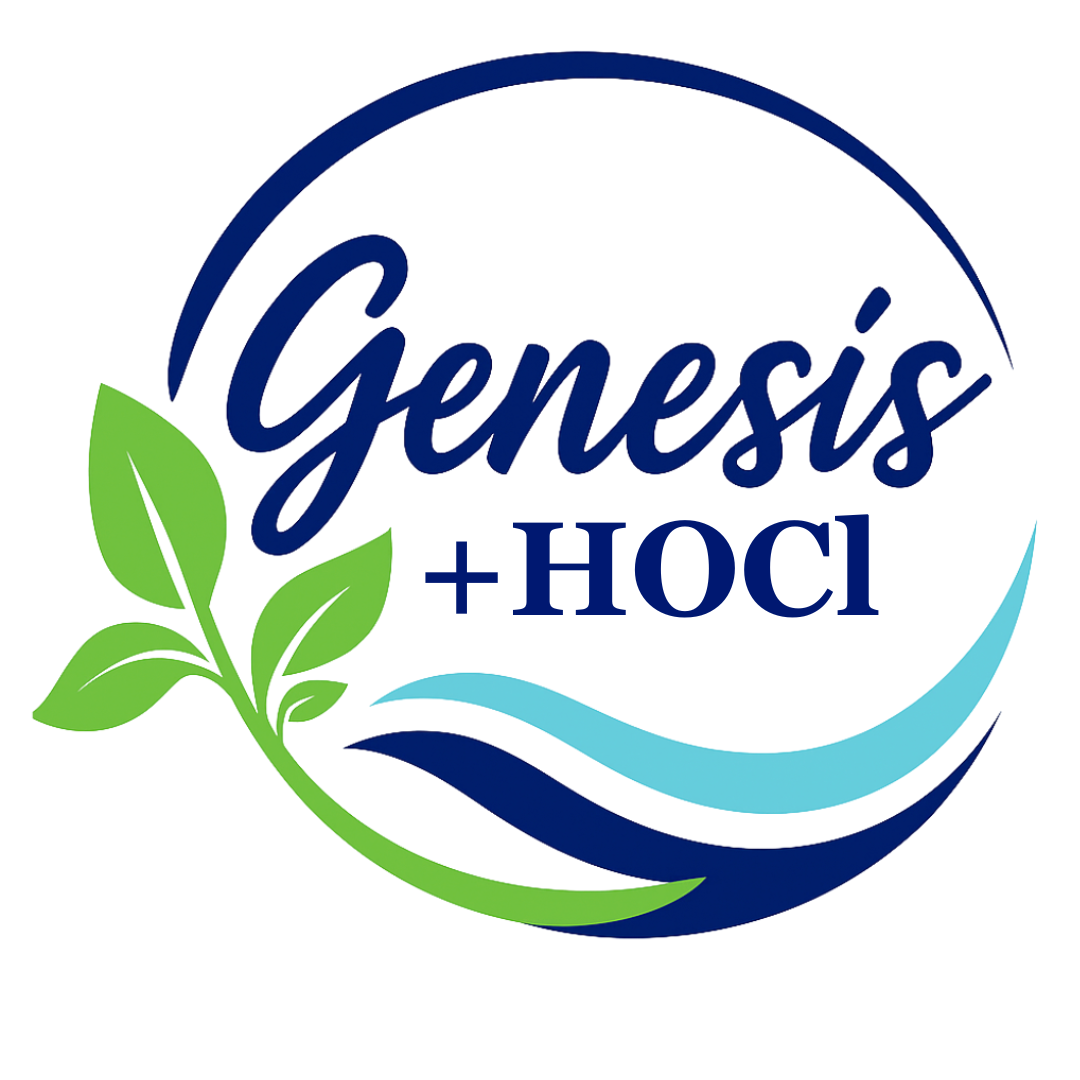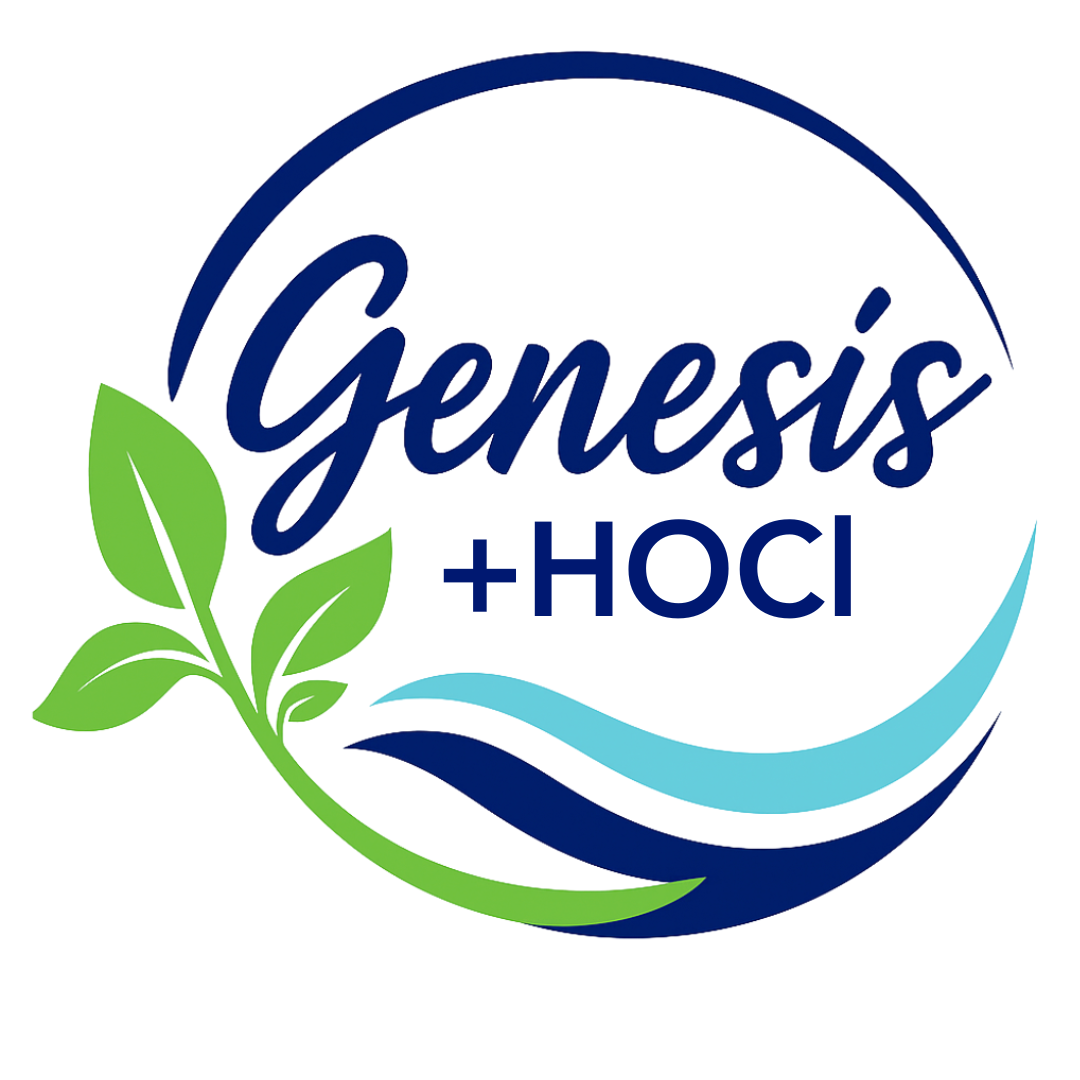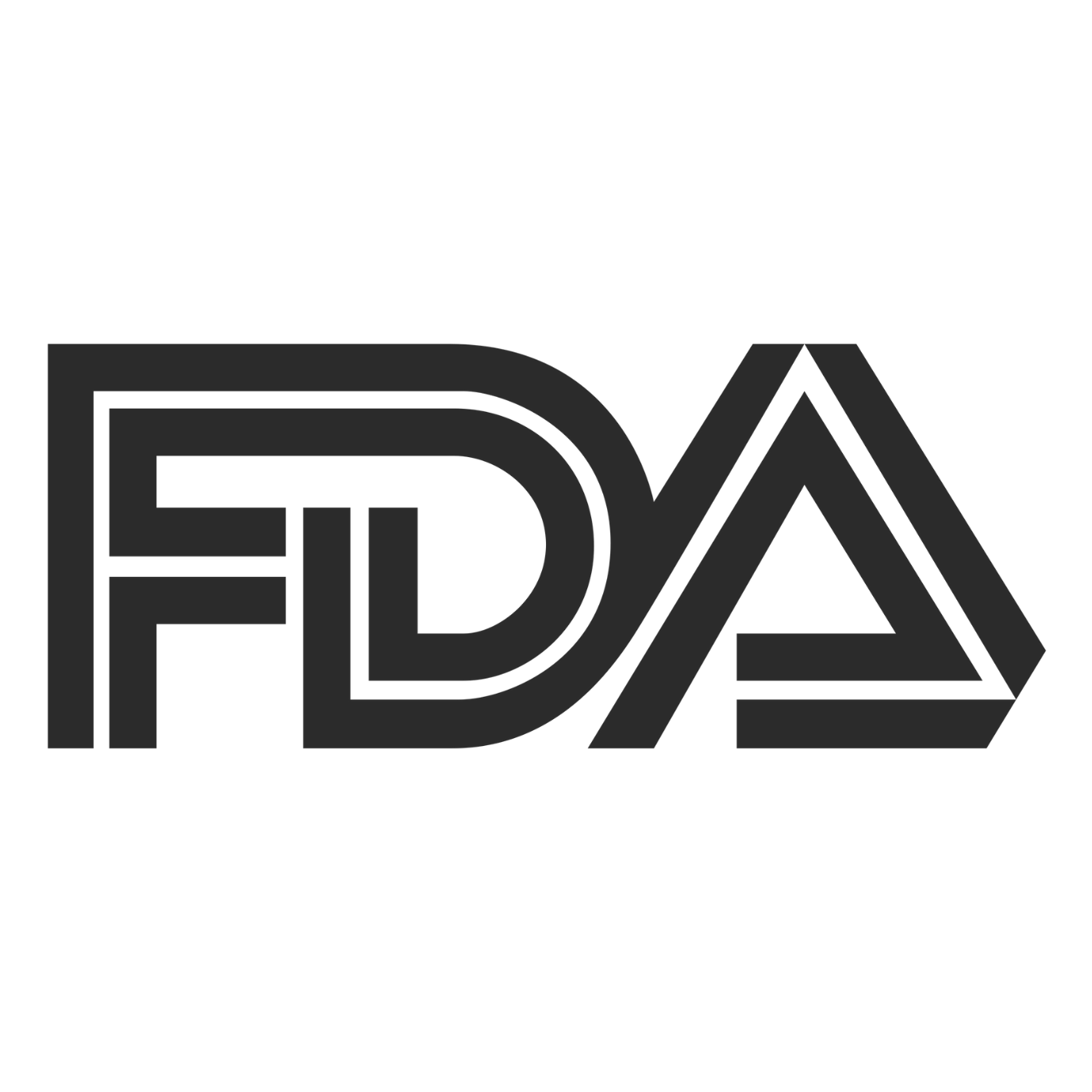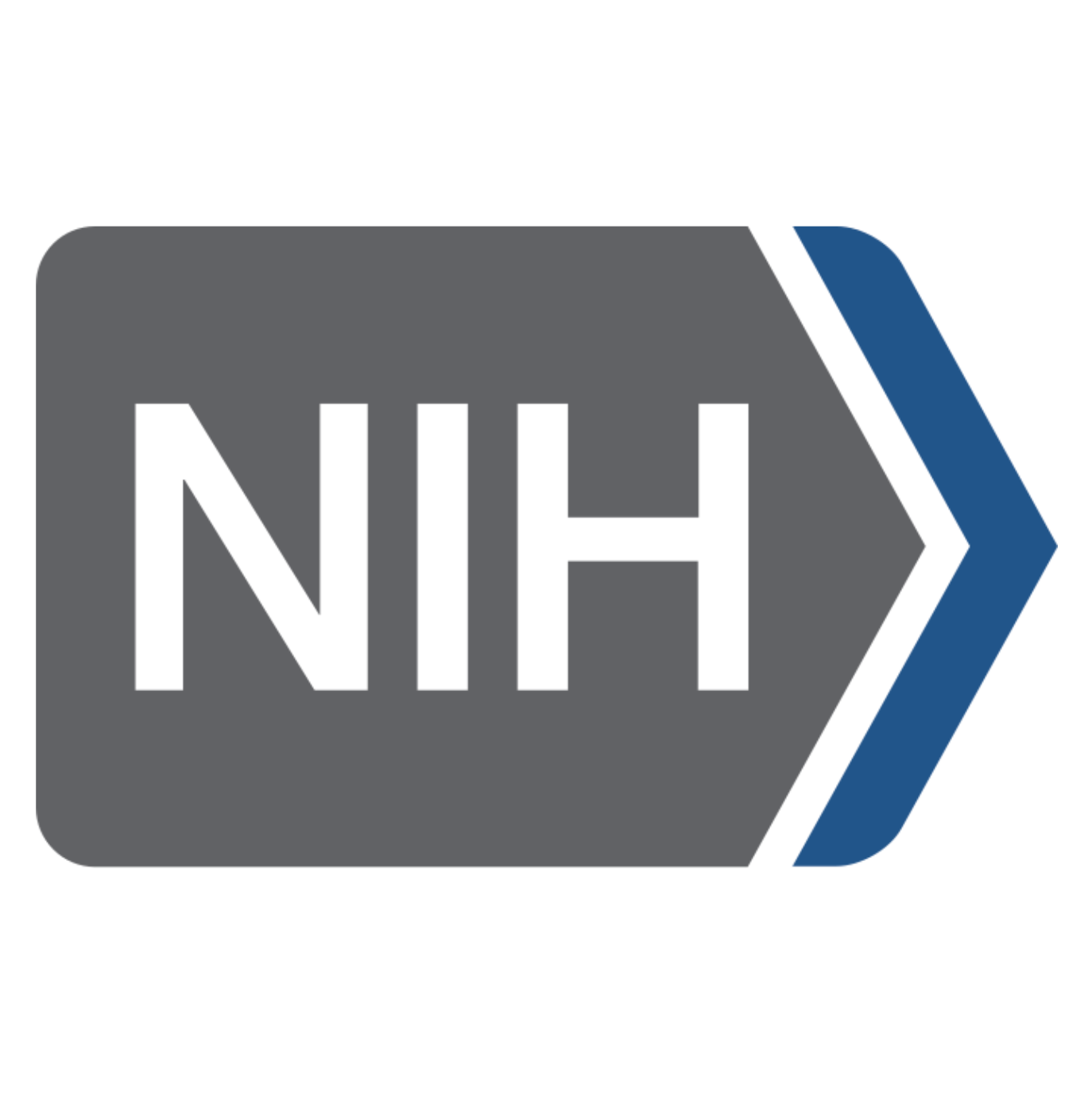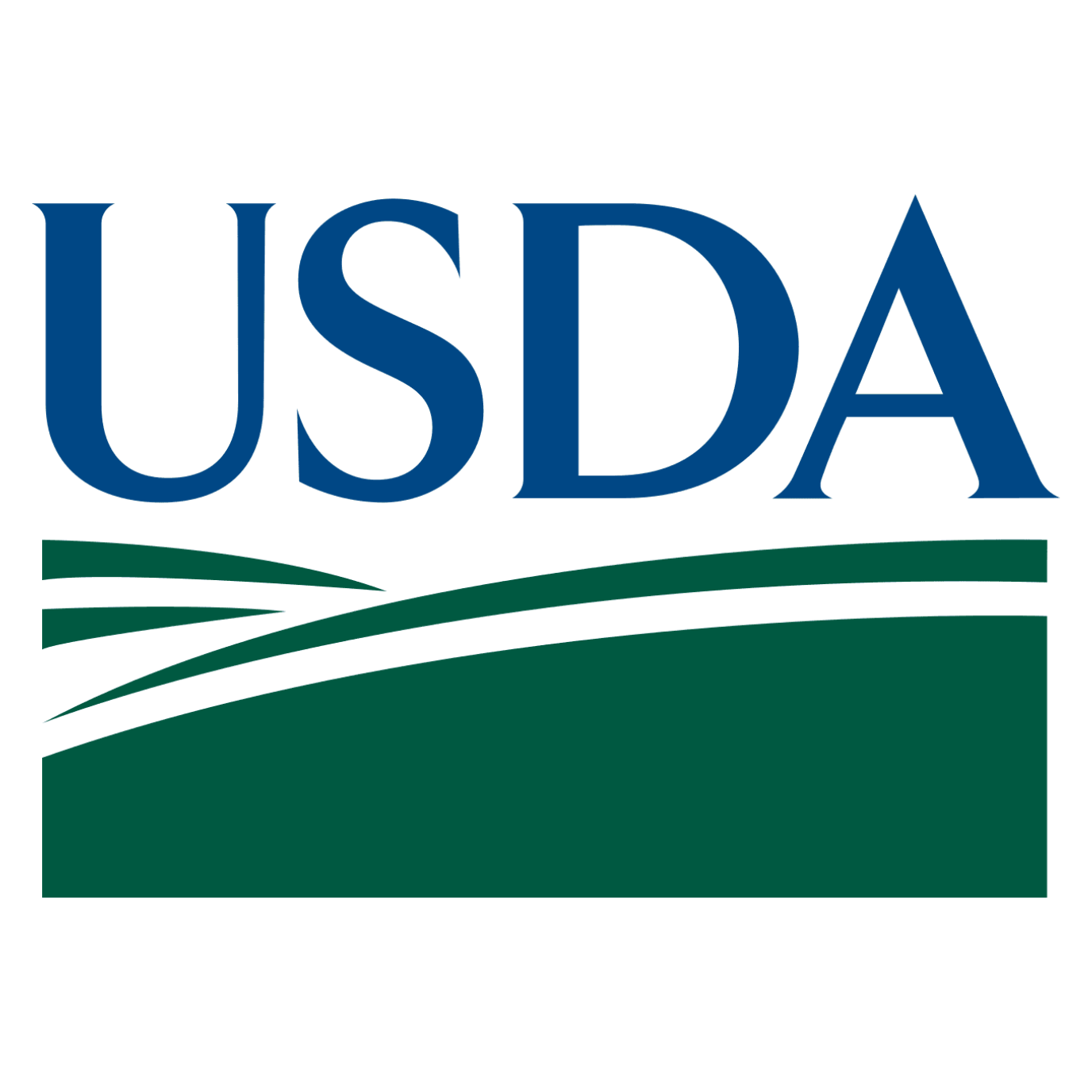Scientific Studies on Hypochlorous Acid and HOCl Atomizing
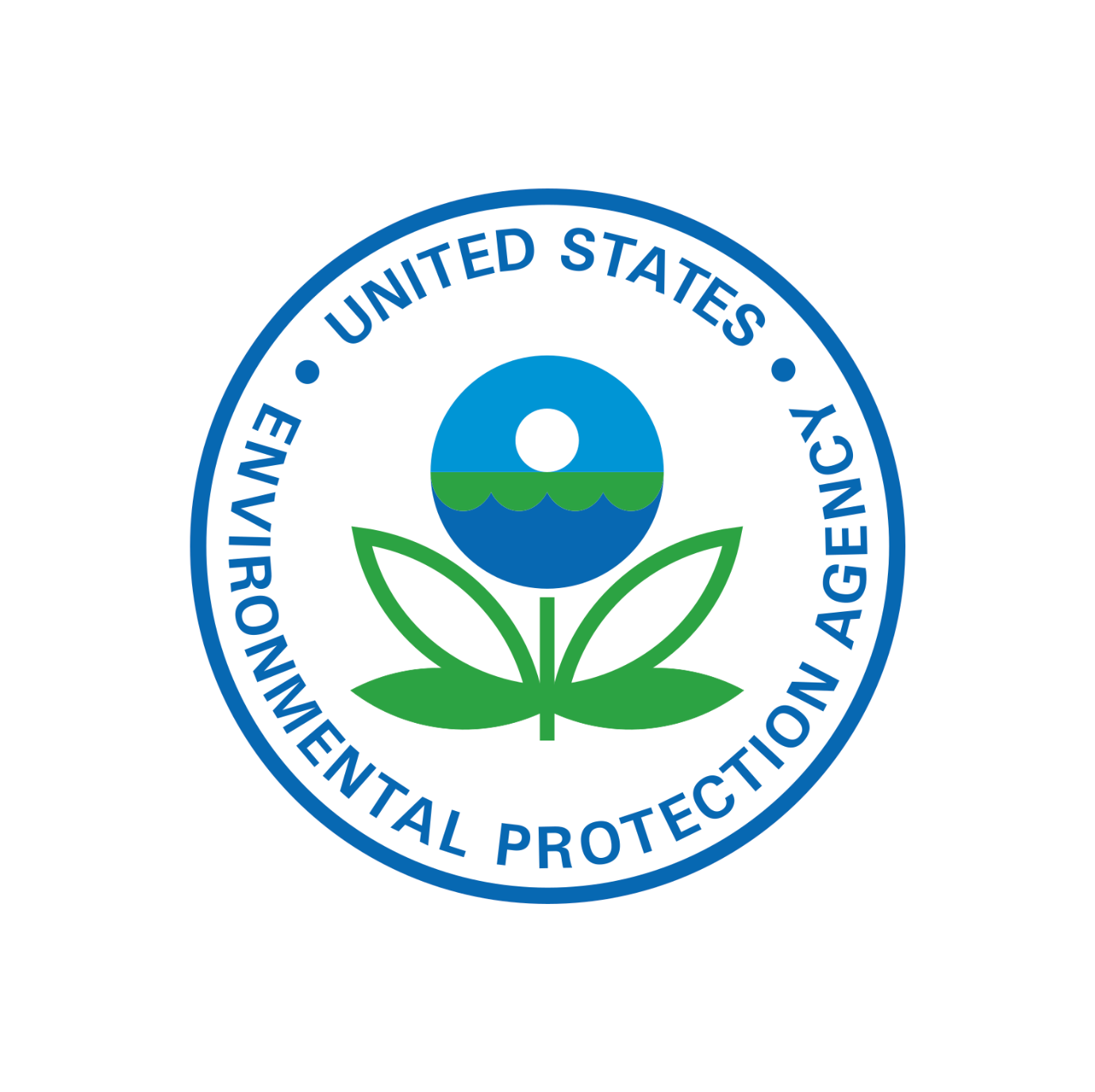
Environmental Protection Agency
HOCI is found on EPA’s “List N”meaning it’s approved to kill all strains and variants of the coronavirus SARS-CoV-2 (COVID-19), and the new“List Q,” for killing Emerging Viral Pathogens (EVPs).
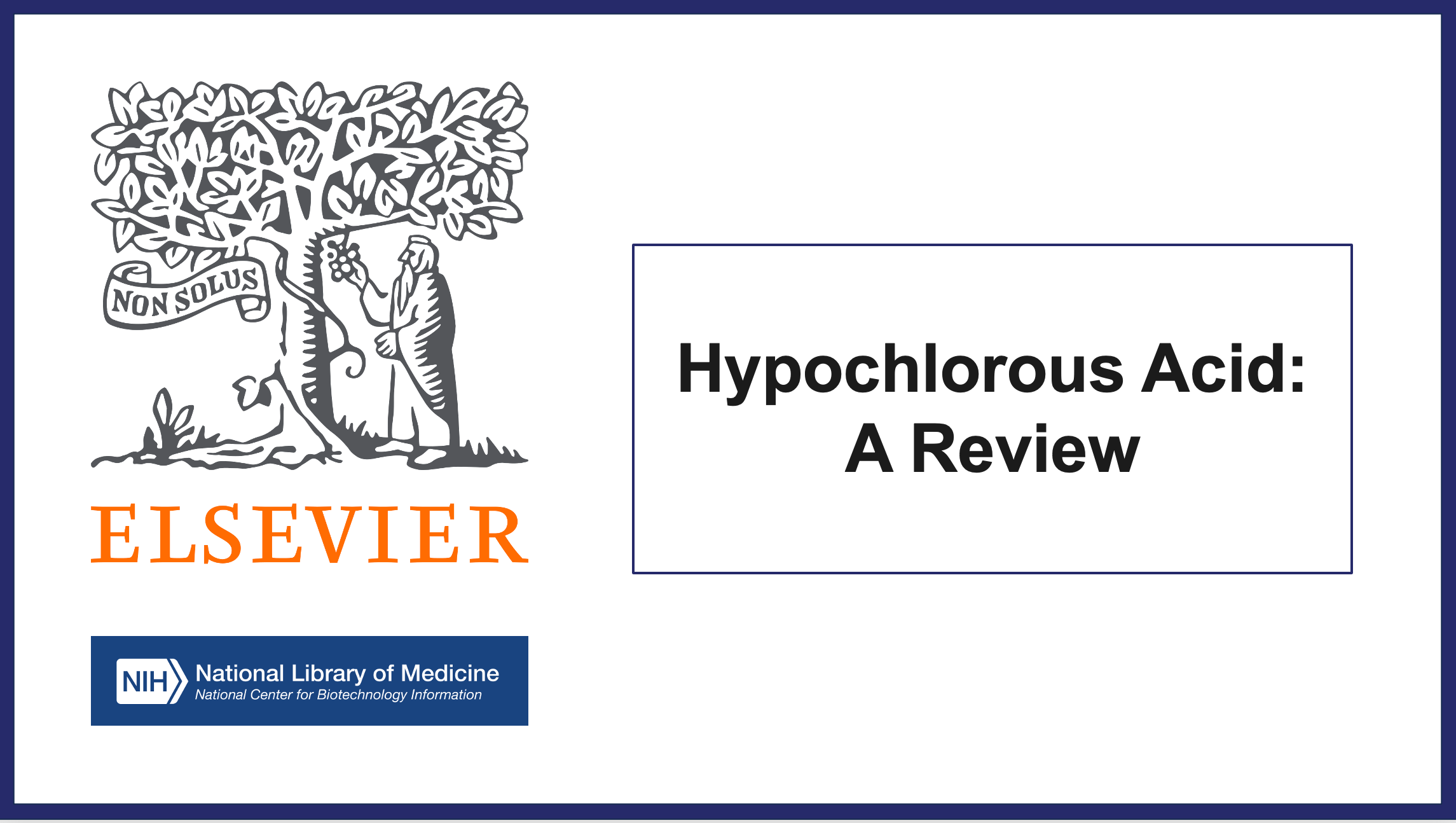
Hypochlorous Acid
"An ideal disinfectant and sanitizer must be nontoxic to surface contact, noncorrosive, effective in various forms, and relatively inexpensive. HOCl may be 'the' disinfectant of choice for coronaviruses."
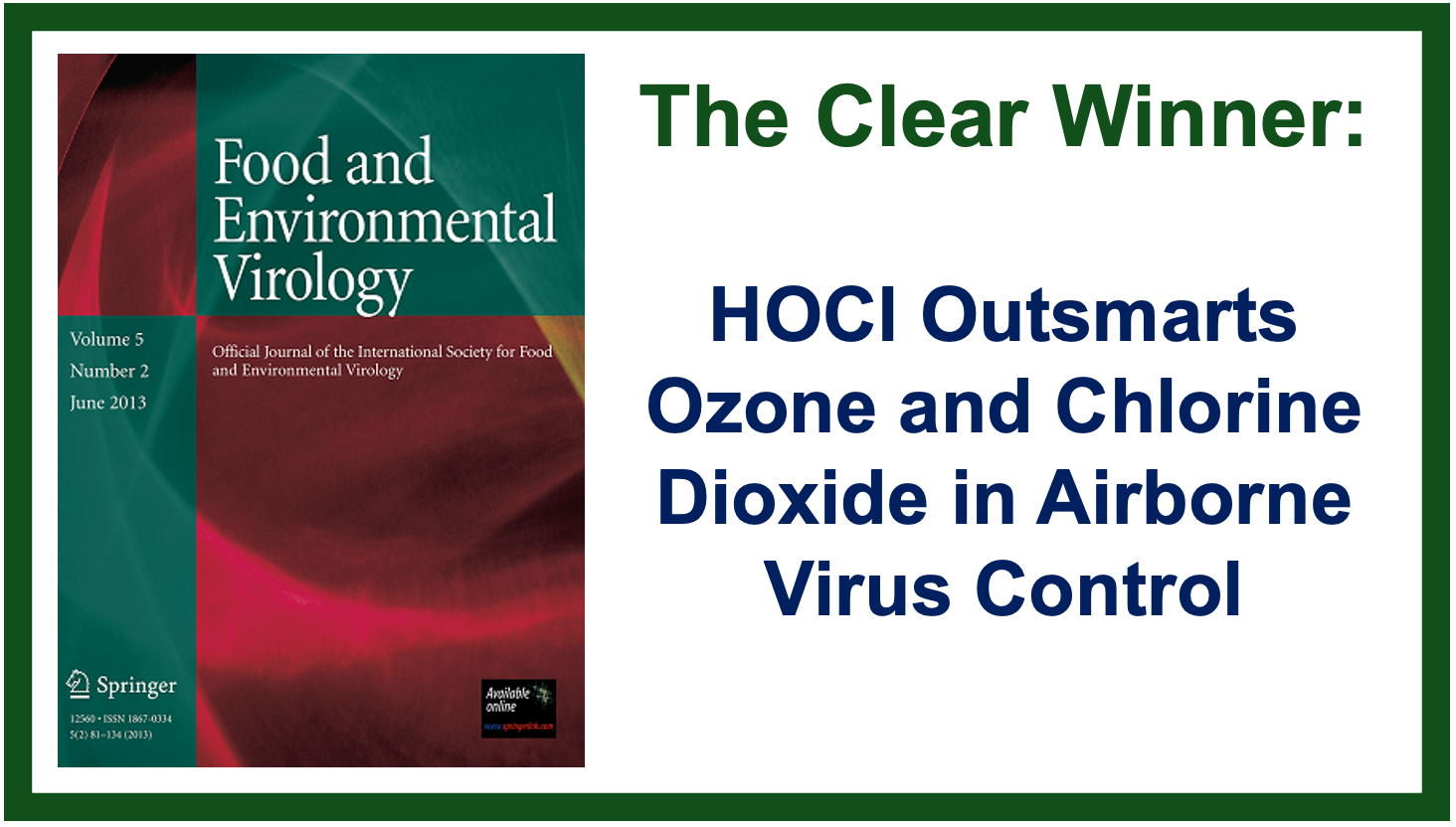
The Gentle Giant of Disinfection
Researchers put three mists to the test—hypochlorous acid (HOCl), chlorine dioxide, and ozone—inside a controlled chamber with airborne SARS-CoV-2 and influenza. HOCl at just 0.02 ppm (20 ppb) knocked down infectious virus by about 99% in 5–10 minutes, while chlorine dioxide and ozone needed around 1.0 ppm to get similar results—levels that exceed typical workplace safety limits. Bottom line: gentle, people-present levels of HOCl can meaningfully cut airborne virus risk under normal room conditions.
· Validates using low, indoor-safe HOCl levels to reduce airborne viral load during everyday occupancy.
· Aim for continuous or timed 5–10 minute cycles per zone, then maintain intermittently.
· Works best with moderate humidity and airflow; keep doors open/vents running for even distribution.
· Offers a safer alternative to ozone or chlorine dioxide for occupied spaces.
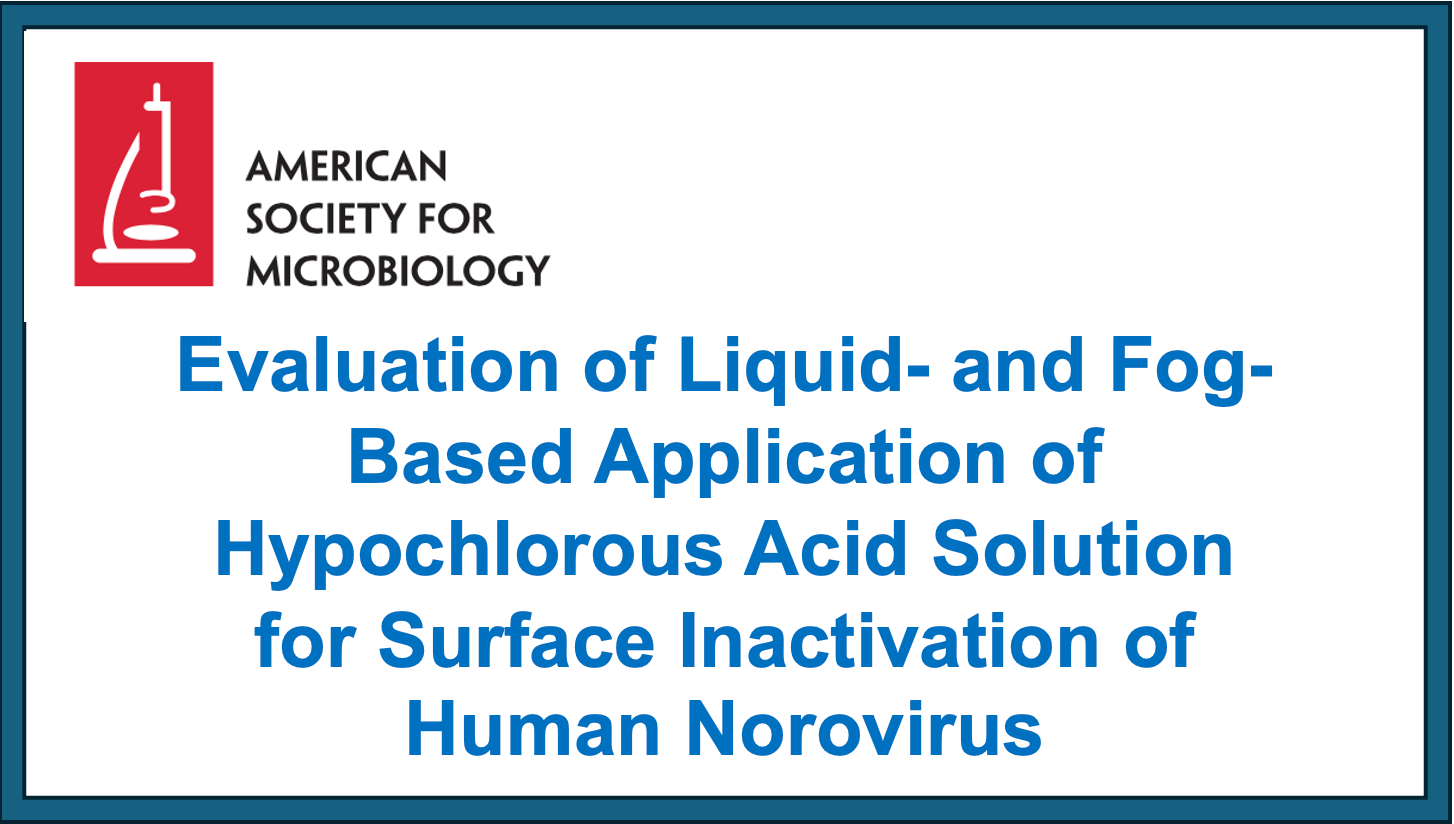
Fogging Away Norovirus:
This study demonstrated that hypochlorous acid (HOCl) rapidly eliminates noroviruses—both in liquid form and as a fog. When applied to surfaces like stainless steel and ceramic tile, HOCl at concentrations as low as 20–200 ppm achieved over 99.9% viral reduction within 10 minutes, without the material damage or toxicity associated with bleach and quats.
Fogging HOCl proved equally effective, decontaminating entire rooms regardless of surface orientation. These findings confirm that HOCl is a safe, powerful, and practical solution for controlling viruses.
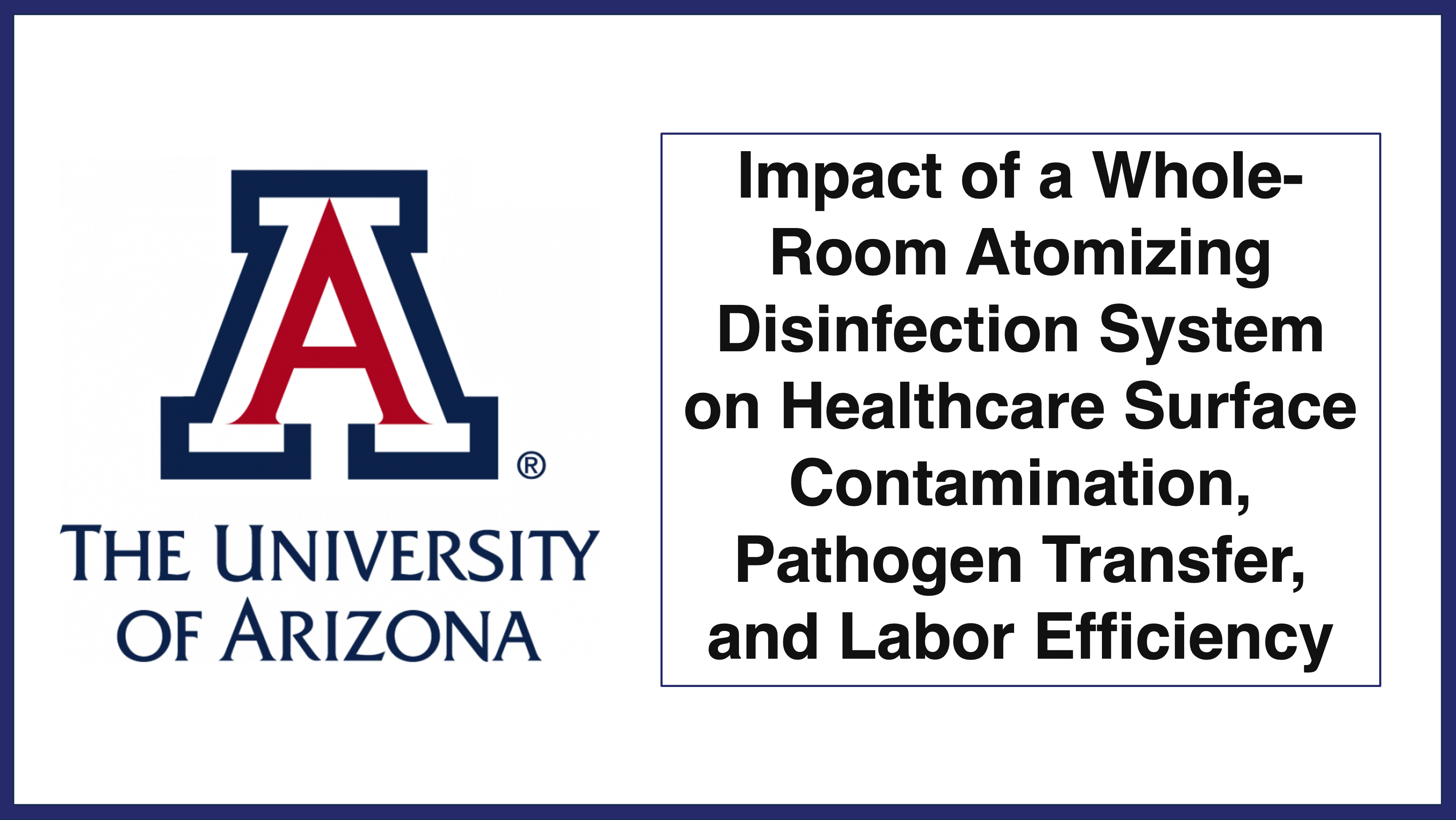
HOCl Atomizing Stopped Cross-Contamination
With manual cleaning alone, bacteria still spread to half the tested surfaces. But when HOCl fogging was added, there was zero cross-contamination.
Summary: Using HOCl fogging along with regular cleaning makes hospital rooms much safer by killing more bacteria, preventing the spread of germs, and reducing the time it takes to clean properly.
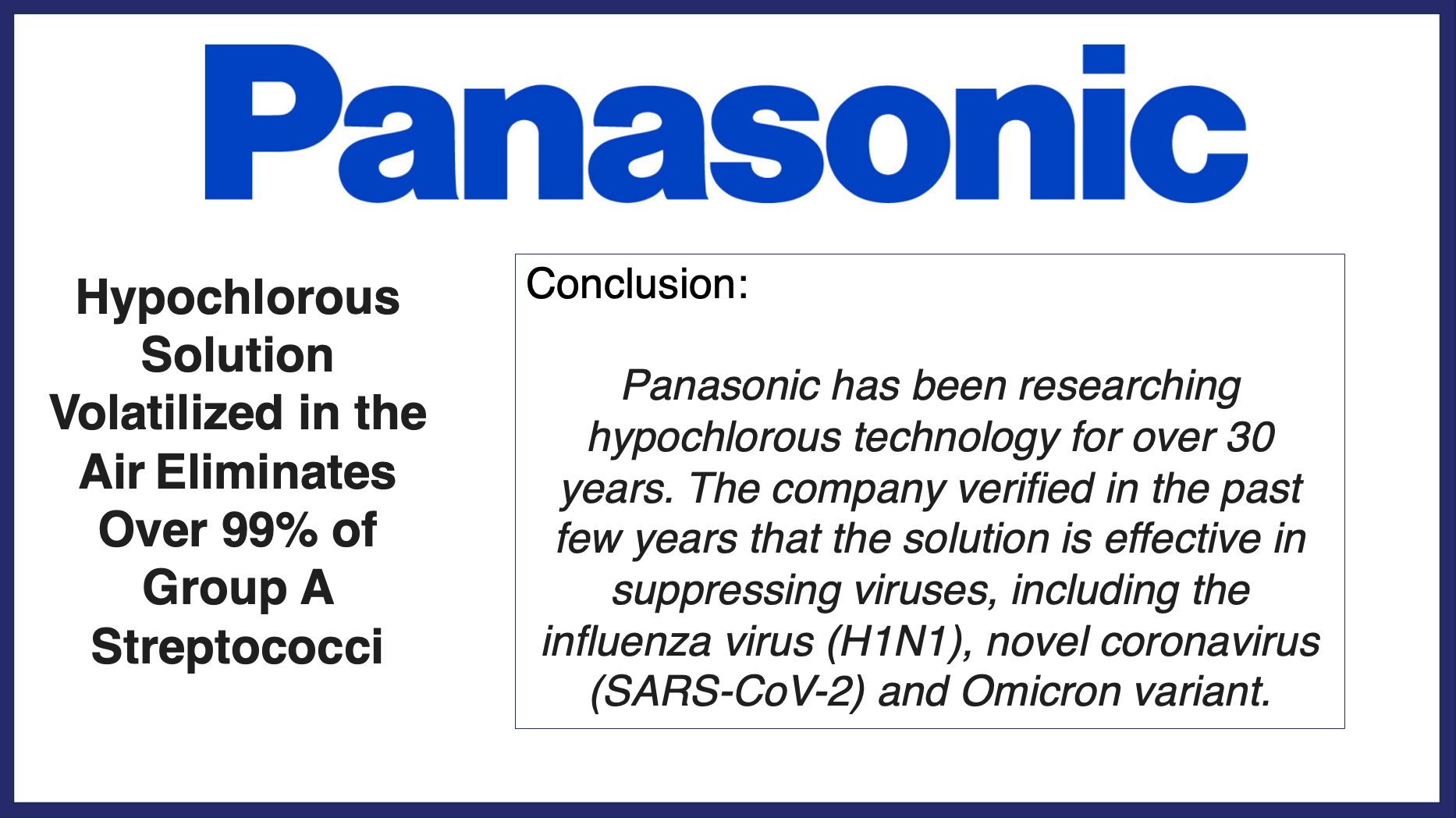
HOCl Atomizing
Panasonic is the first in the industry to verify the inhibition of airborne and adhered bacteria in a real-world space by using hypochlorous acid. Panasonic’s study shows that HOCl atomizing can dramatically improve air quality, reduce the spread of germs, and create safer indoor environments.
✅ Airborne Bacteria Dropped by 85% – The classroom with HOCl devices had significantly fewer bacteria in the air compared to the one without.
✅ Surfaces Were 99.9% Germ-Free – The lab test showed HOCl effectively killed dangerous bacteria like Staphylococcus aureus, E. coli, and Pseudomonas aeruginosa on surfaces.
✅ Fungi & Mold Were Reduced – The technology didn’t just target bacteria; it also cut down mold and other airborne contaminants.
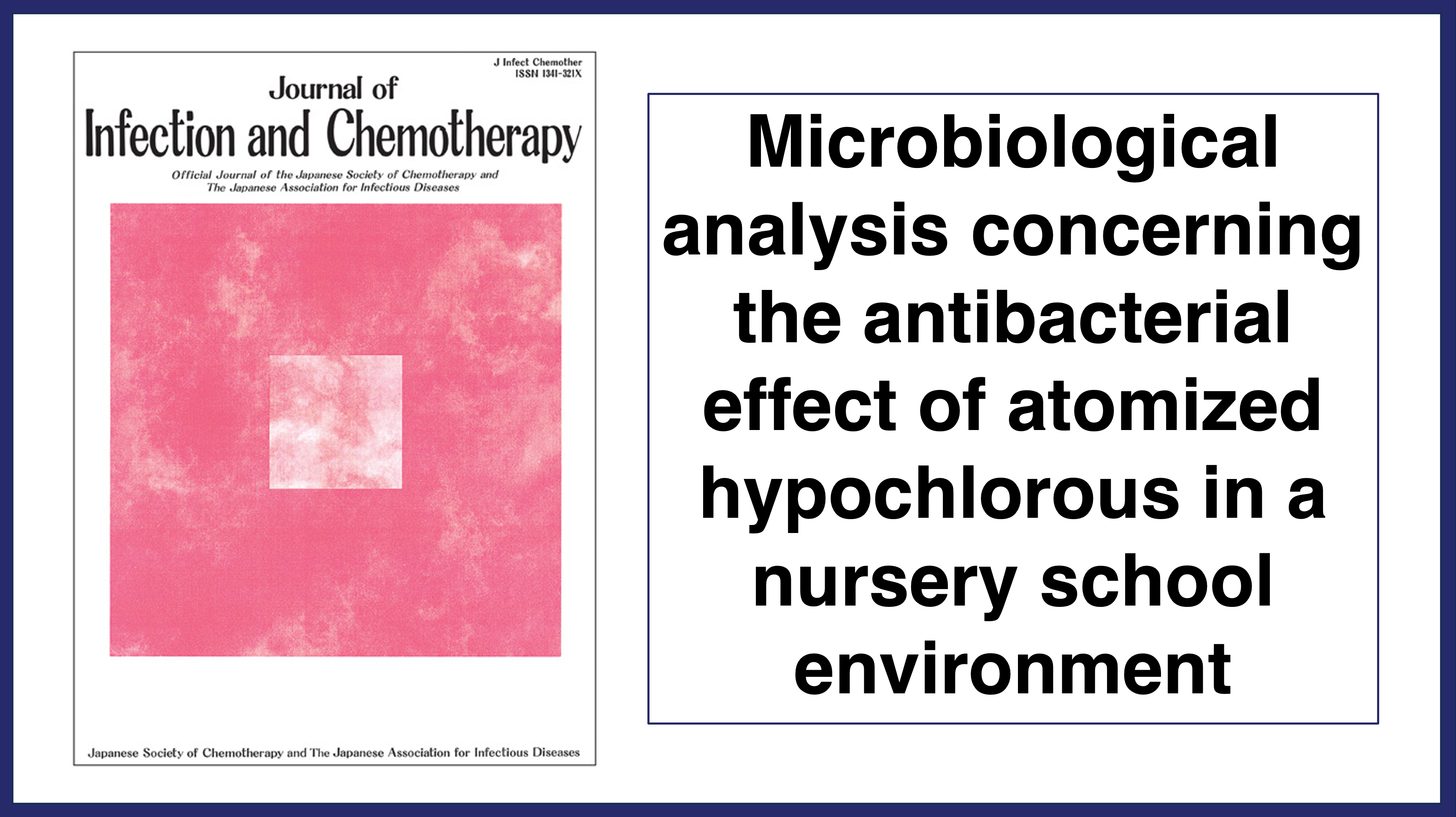
HOCl Atomizing for Daycares
Daycare centers are full of little ones playing, touching, and sharing toys—which means germs spread fast through contact, sneezes, and even mouth-to-mouth transmission. Traditional cleaning with wipes, alcohol, or bleach takes time and may not reach every surface effectively.
Toys made of rubber and fabric were disinfected within 1 hour, while plastic toys took 3 hours. HOCl atomizing effectively reduces germs in daycare centers without the need for constant wiping.
Japan has embraced HOCl atomizing as an extra layer of protection in kindergartens and daycare centers across the country.
Seiko Giken, the manufacturer of our stationary UX4 HOCl atomizer, also manufactured one of the atomizers used in this study.
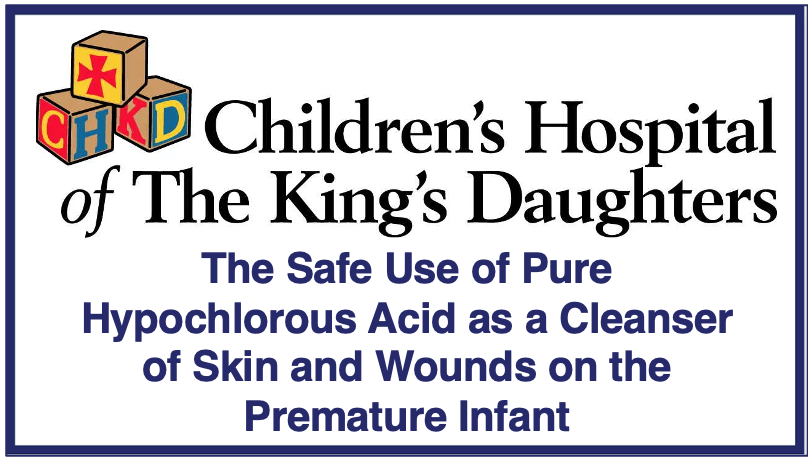
Safe Enough for Neonatal Units
Pure hypochlorous acid* can remove microorganisms and fungi, is non-cytotoxic, and is safe for use around the eyes, ears, mouth...
